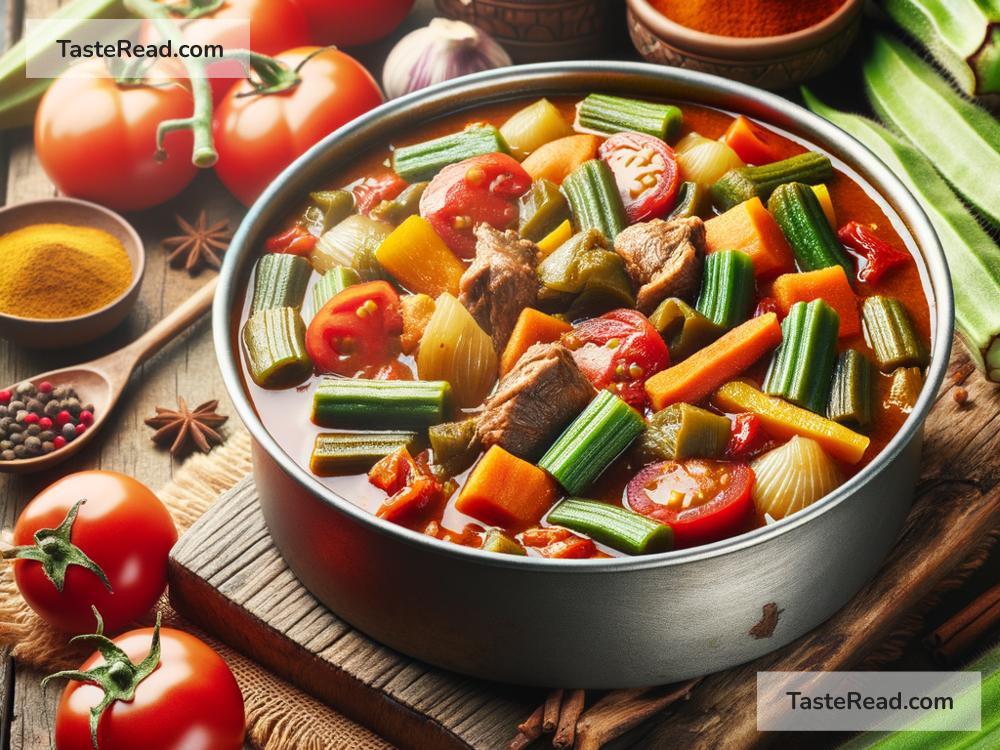Discovering the Culinary Secrets of African Stews
Africa, a continent rich with diverse cultures and traditions, offers a culinary landscape that is as varied as its geography. From the coastlines of the Mediterranean to the savannas of the Sahara and the tropical forests of the Congo, each region presents a unique set of flavors and ingredients that highlight the continent’s rich heritage. Among the many dishes that African cuisine has to offer, stews stand out for their comforting warmth, depth of flavor, and communal spirit. Let’s take a flavorful journey to discover the culinary secrets of African stews.
A Melting Pot of Flavors
African stews are a testament to the continent’s love for combining an array of spices, meats, vegetables, and grains to create dishes that are not only satisfying but also full of nutritional value. The use of local and fresh ingredients, from different types of meats to a variety of legumes and vegetables, underscores the connection between the African people and their land. Spices play a crucial role in these stews, with each region having its unique blend that gives the stews their distinctive flavors. From the fiery berbere spice in Ethiopian dishes to the fragrant Ras el Hanout in Moroccan cuisine, spices bring life to the stews and are at the heart of African cooking.
Common Ingredients, Unlimited Variations
One of the fascinating aspects of African stews is the creative use of common ingredients to produce an endless variety of dishes. For instance, tomatoes, onions, and chili peppers form the base of numerous stews across the continent, yet the final dishes are remarkably different from each other. This versatility is seen in popular stews like the West African Peanut Stew, which combines the richness of peanut butter with the freshness of tomatoes and the warmth of spices to create a hearty meal. Similarly, in East Africa, coconut milk is often used to add depth and creaminess to stews, showcasing the coastal regions’ influence on the cuisine.
Meat and Vegetarian Options
In many African cultures, meat is considered a staple in stew recipes, ranging from beef and chicken to lamb and goat. However, there are also plenty of vegetarian and vegan options that are equally traditional and flavorful. Legumes such as lentils, chickpeas, and black-eyed peas are commonly used, providing protein and texture to the stews. The Ethiopian Lentil Stew, known as Misir Wot, is a perfect example of how simple ingredients can be transformed into a deeply flavorful and comforting dish.
The Communal Aspect of African Stews
One of the most beautiful aspects of African stews is how they are enjoyed—communally. Meals are often shared from a single pot, symbolizing unity and family. This communal dining experience is not just about eating; it’s a time for storytelling, laughter, and bonding. Whether it’s a simple family dinner or a large gathering for a celebration, African stews bring people together, creating lasting memories and strengthening community ties.
Cooking Techniques and Traditions
The cooking techniques involved in making African stews are as diverse as the continent itself. Slow-cooking is a common method, allowing the flavors to meld together and the meat to become tender and succulent. In some regions, stews are cooked in clay pots over open fires, giving them a distinct smoky flavor that cannot be replicated with modern cooking appliances. These traditional cooking methods have been passed down through generations, preserving the authenticity and soul of African cuisine.
Discovering African Stews
For food enthusiasts looking to explore African stews, the journey is both exciting and rewarding. Start by trying recipes from different regions to appreciate the diversity of the continent’s cuisine. Visit local African restaurants or take a cooking class to learn from those who grew up making these dishes. Most importantly, don’t be afraid to experiment with spices and ingredients to find your perfect stew—after all, creativity is at the heart of African cooking.
In conclusion, African stews are a celebration of the continent’s rich culinary heritage, blending flavors, techniques, and traditions to create dishes that are not just food but a way of life. So, the next time you sit down to savor a bowl of African stew, remember that you’re not just eating a meal; you’re experiencing a piece of Africa’s soul.


